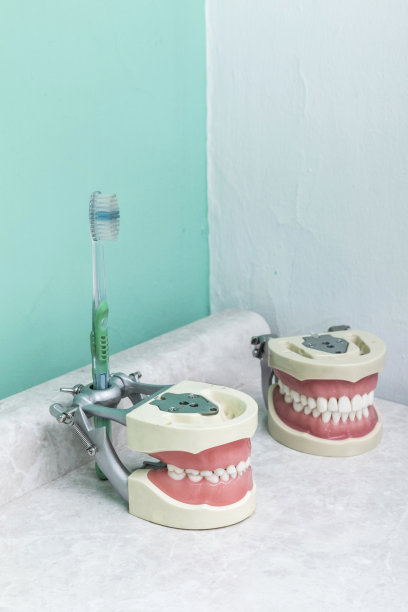Essential Guidelines and Precautions to Ensure Successful Dental Filling Procedures for Optimal Oral Health Maintenance
Summary: Dental fillings are essential for maintaining optimal oral health, but their success relies on various guidelines and precautions. This article explores significant aspects of dental filling procedures, such as careful diagnosis and planning, the selection of suitable filling material, proper technique during the procedure, and aftercare for longevity. By adhering to these essential guidelines, patients can ensure effective, long-lasting dental treatments that promote overall oral health. Understanding these factors not only enhances patient confidence but also improves communication with dental professionals, leading to successful outcomes. Ultimately, this knowledge empowers individuals in maintaining their teeth effectively and avoiding future complications.
1. Careful Diagnosis and Treatment Planning

Before any dental filling procedure can commence, a thorough diagnosis is crucial. Dentists must identify the extent of decay and determine whether a filling is the appropriate solution. Using advanced diagnostic tools such as X-rays enables practitioners to visualize underlying issues that may not be immediately visible. This initial assessment sets the foundation for successful treatment.
In addition to diagnosing cavity issues, treatment planning is essential. Dentists often discuss options with patients, presenting them with the pros and cons of different types of fillings, including amalgam, composite, and glass ionomer. Patients should be encouraged to ask questions and express any concerns they may have to ensure they make informed decisions about their oral health.
Lastly, a well-structured treatment plan includes a timeline for follow-up visits or check-ups. This proactive approach fosters open communication and helps in monitoring the effectiveness of fillings, ensuring that any potential complications are addressed promptly.
2. Selecting Suitable Filling Material
The choice of filling material plays a vital role in the success of a dental filling procedure. Different materials have unique properties, making some more suitable than others for specific types of cavities. Amalgam fillings, known for their durability, are commonly used for back teeth, while composite fillings are chosen for their aesthetic appeal in visible areas.
Some patients might have specific requirements or preferences, such as sensitivity to certain materials or a desire for certain color aesthetics. Dentists should carefully consider these individual needs when recommending filling options. Moreover, understanding the longevity of various materials can help patients make better choices based on their lifestyle and dental habits.
Additionally, the cost of filling materials can vary significantly. A transparent conversation about the different options available and their respective costs can help patients decide based on both their budget and their dental health priorities.
3. Proper Technique During the Procedure
Executing the dental filling procedure with precision is critical for its success. Dentists must ensure that the tooth is thoroughly cleaned and prepared before inserting the filling material. This step prevents further decay and increases the bond between the tooth and the filling.
An essential technique is the use of appropriate dental instruments for removing decay. An experienced dentist will skillfully eliminate all decay and prepare the enamel surface, which is vital for a durable outcome. Furthermore, proper placement of the filling material is key; it must be shaped and polished adequately to ensure comfort and functionality for the patient.
During the procedure, maintaining optimal communication with the patient is vital. Dentists should reassure patients and explain each step, alleviating any anxiety they may feel. This, in turn, promotes a positive experience and reinforces the relationship between the dentist and patient.
4. Aftercare for Longevity
Aftercare following a dental filling procedure is crucial for ensuring its longevity and the overall health of the patient鈥檚 mouth. Dentists should provide clear instructions about how to care for the newly filled tooth and what to expect during the healing process. This guidance may include avoiding specific foods for a certain period and practicing good oral hygiene.
Regular dental check-ups are also an essential aspect of aftercare. By visiting the dentist regularly, patients can monitor the condition of their fillings and address any potential issues early on. This proactive approach fosters long-term oral health and reduces the chances of needing further dental treatments.
Lastly, lifestyle choices such as diet, smoking cessation, and proper flossing play a key role in maintaining dental work. Dentists should encourage patients to cultivate healthy habits that will benefit their overall dental health, ultimately extending the lifespan of their fillings.
Summary:
To ensure successful dental filling procedures, careful diagnosis, material selection, proper technique, and diligent aftercare are indispensable. Each of these aspects works together to promote optimal oral health and longevity of dental fillings. By adhering to these essential guidelines, individuals can achieve healthier smiles while avoiding future dental complications.
This article is compiled by Vickong Dental and the content is for reference only.


